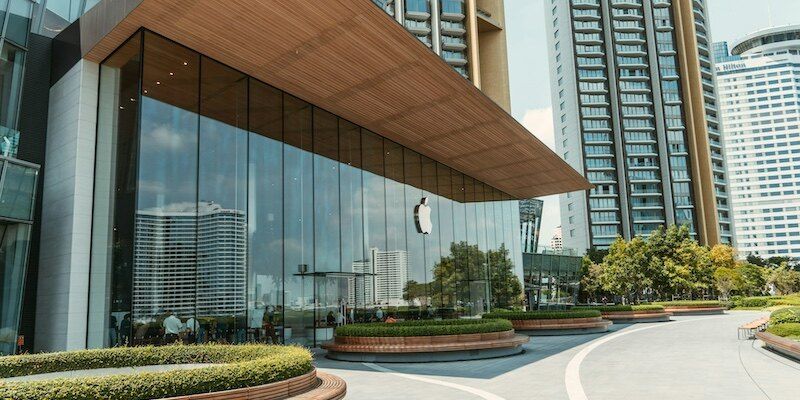How to Build a Successful Employee Recognition Program
In building an effective employee recognition program, consider the following steps.
First, you must have an objective. What will you be rewarding or recognizing employees for? Then, determine the interests of your employees. What are team members most interested in receiving for their hard work? Additionally, will you be providing tangible or intangible motivations? Lastly, we touch on the value of peer recognition and how to implement this effective technique.
Objective
Initially, you must determine what you will be rewarding your team members for. Would you like to recognize work anniversaries? Do you want to praise job performance? Loyalty, customer service, acquisitions?
No matter the objective, consider tying the rewards to the company’s overall mission to make it relevant for employees (Igomu, 2023).
For example, public school teachers in the United States could be nominated as Teacher of the Year in their school, district, state, or country. Nominations require that the teacher form strong relationships with their students; be engaging; deliver high-quality, research-based, and standards-driven lessons; and go above and beyond in the area of education. Award candidates strive for the same elements that produce successful students to achieve this honor.
Likewise, if you connect the recognition objective to the overall organization mission, you will hit two birds with one stone, so to speak.
Determine interest
Ensure the recognition is actually what your employees want. Survey how your employees want to be recognized to ensure support.
For example, some individuals may thrive on public acknowledgment, while others cringe at the thought of being recognized in front of peers. The book The Five Languages of Appreciation in the Workplace may be a beneficial read in understanding what employees want. For instance, older employees may value meetings and time spent with their boss, while others couldn’t care less for this type of recognition.
Do your team members want to be recognized privately or publicly? Would they prefer tangible or intangible rewards? These are just a few questions to consider when gauging your teammates’ interests.
Types of rewards
Conducting a quick internet search of types of awards will produce countless ideas. Truth be told, this is where you can act on your creative side. Rewards can be more easily understood when categorized by reward tangibility.
Tangible
Tangible rewards are types of recognition you can see, touch, or hold. Tangible rewards, such as compensation and benefits, provide employees with financial security and stability, which can increase their job satisfaction and reduce their stress levels (Igomu, 2023).
Awards, such as certificates, medals, or plaques, can demonstrate recognition.
Some companies distribute turkeys around the holidays. Bonuses may be given to employees who go the extra mile.
Sahibzada and Khawrin (2023) found that salary positively correlates to job satisfaction. In an Afghan province university, a Google Form was used to collect data from 60 lecturers. The data showed that as salary increased, so did the lecturers’ reports of positive job satisfaction.
However, the same significant correlation was found between job recognition and job satisfaction. Said another way, employees who felt they were valued also reported high job satisfaction, which leads us to intangible rewards.
Intangible
Intangible employee recognition methods cannot be physically held. Often, recognition doesn’t have to cost a dime. In fact, nonfinancial approaches effectively improve business performance, profitability, and employee retention (Tang, 2023).
Intangible rewards such as recognition, career development, and work–life balance can enhance employees’ sense of value and belonging within the organization, increase their work engagement and motivation, and ultimately contribute to their job satisfaction (Igomu, 2023).
Employee recognition shows appreciation for employees. Intangible forms of recognition may include providing additional time off for employees or a special parking spot in the company parking lot.
Public praise can be a powerful way to recognize your teammates. According to the social information processing theory, humans look to their peers to help develop their self-concept (Festinger, 1954). More on peer recognition in just a bit, but to learn more about this theory, among others, you may peruse our article Job Satisfaction Theory: 6 Factors for Happier Employees.
An employee of the month may be chosen to spotlight a teammate in the organization newsletter or include their picture on the wall. An employee appreciation day could be designated to recognize the entire company’s hard work. It could be celebrated with a company picnic or a trip to a local amusement park.
As another impactful method to express recognition, try writing a message of appreciation to someone close to each of your teammates from you as the employer. This small act of kindness shows the appreciation you have for someone supporting your teammate at home and in their personal life.
For more ideas involving tangible and intangible rewards, check out our article Positive Reinforcement in the Workplace (Including 90+ Examples). From allowing a more flexible dress code to permitting pets in the office, this article contains several novel ideas.
Peer recognition
Recognition doesn’t just have to be executed by the leadership. It can be implemented between peers. Leaders should establish an environment where everyone is expected to notice when someone shows good performance.
Trust is built when people recognize their teammates performing well. Promote peer-to-peer recognition by creating a shout-out wall for team members to publicly display compliments and kudos to each other.





